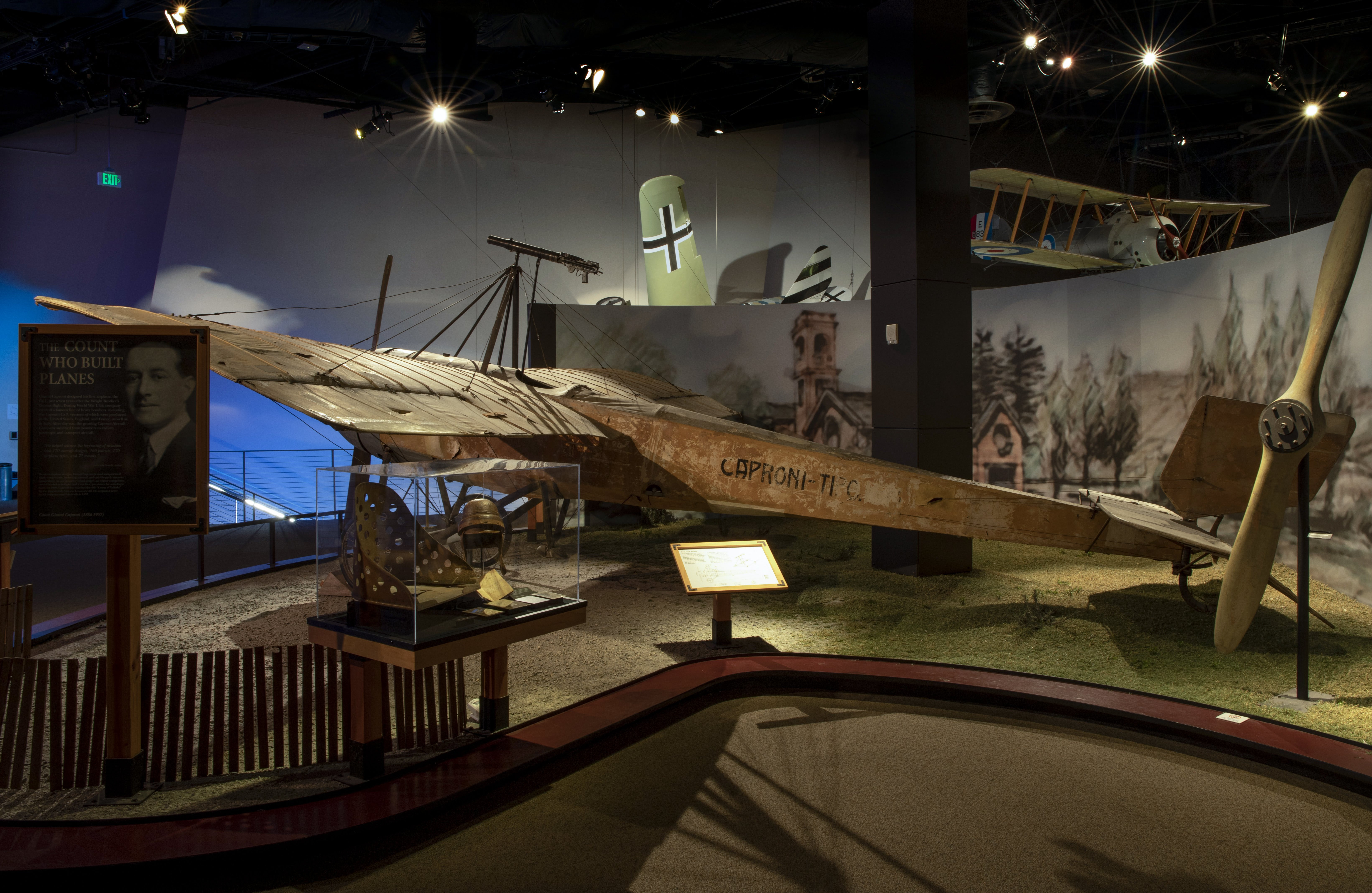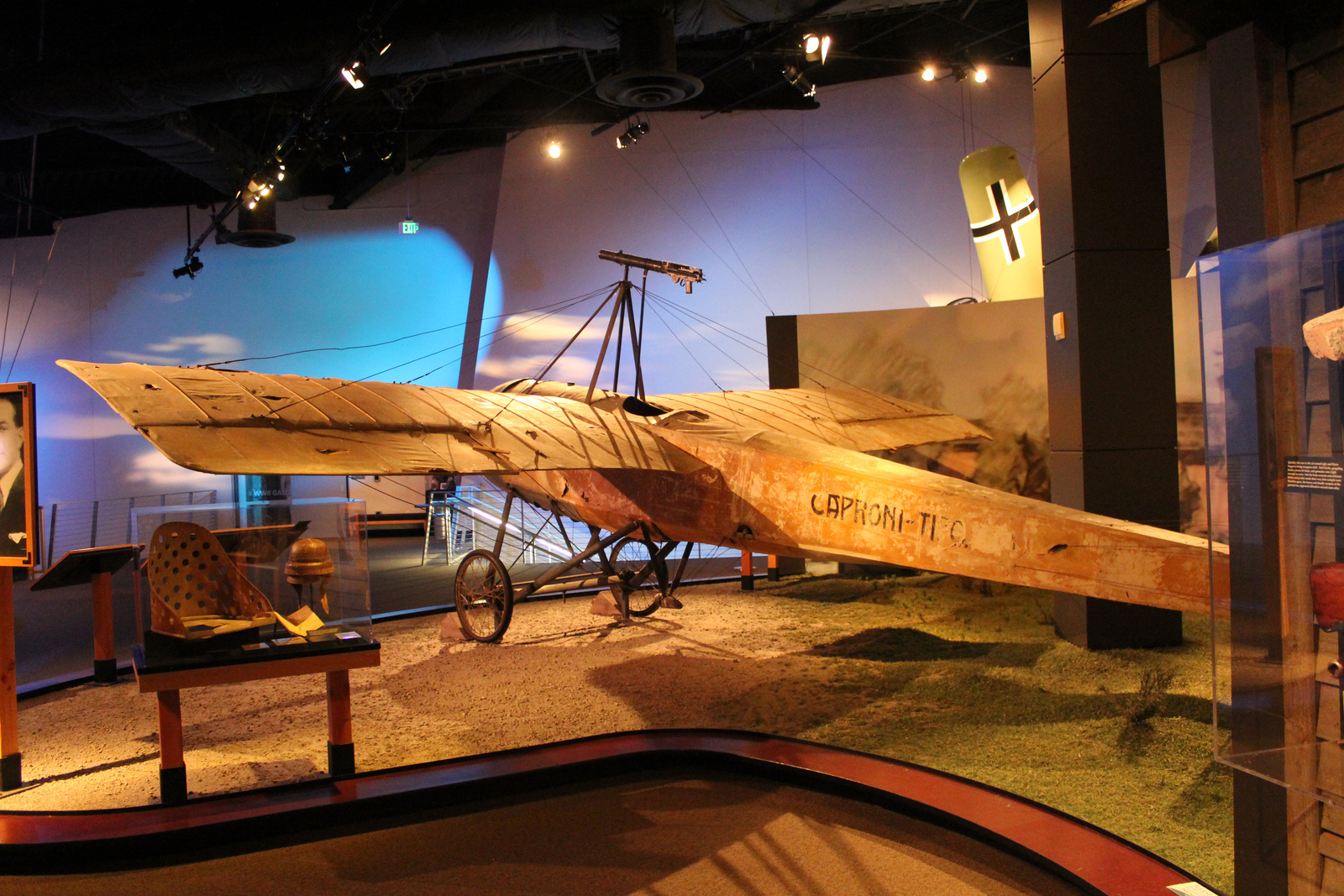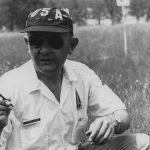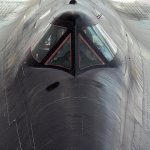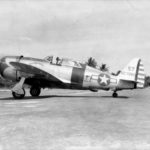The Museum of Flight today announced that the fabric covering of its rare, World War I Italian aircraft, Caproni Ca-21, is actually the original artwork for the so-called “Lost Leonardo” painting, The Battle of Anghiari. Leonardo da Vinci completed the painting in 1505, but its whereabouts have been a mystery ever since. “Needless to say,” remarked The Museum of Flight Senior Curator Matthew Burchette, “this news has rocked the art world! Which is not something we get to say very often at an aerospace museum.”
Routine Inspection Rocks Art World
Like most airplanes of the era, the 1914-vintage Caproni was constructed with a wooden framework covered with fabric. Last year the Museum’s curatorial staff was routinely inspecting the inside of airplane’s fabric and noticed a faint drawing of a man’s head. “The interiors of old airplanes are sometimes covered with graffiti done by mechanics and flight crews,” said Burchette, “it’s an aviation tradition. But it soon became apparent this was clearly a cut above the juvenile art we generally find.”
Using state-of-the-art surgical photographic tools the Museum’s curatorial team meticulously scanned the delicate fabric without having to remove it. Proprietary spectral analysis revealed the artwork in greater detail. The scans and microscopic samples of the fabric were immediately and secretly delivered to several da Vinci experts around the world for verification. Now, months later, there is a consensus that the fabric, drawing and painting media date to years 1500-1505, and the brushstrokes are definitely Leonardo’s. Although the artwork appears to be unfinished, Nick di Scarcello, Chief Conservator at the Leonardo Institute in Florence, Italy, described the discovery as “stunning! The return of il maestro’s prodigal son!”
Another Mystery Solved
The Caproni’s priceless covering might also explain one of the great mysteries about the plane…why it was never flown in service, then shepherded in an ancient building on the Caproni family estate for 80 years until it was donated to The Museum of Flight. “We believe the painting was deliberately saved from the ravages of two world wars in Europe,” says Curator Burchette. “We may never know how or when the Leonardo came into possession of the Caproni family or someone associated with the making of the aircraft, but is logical that by deliberately hiding it in plane sight—pardon the pun—protected the masterpiece from wartime destruction or pillage. And given the fact Leonardo was the first great airplane designer, it only seemed fitting his work would eventually make a great Italian airplane take flight!”
Compare Images
Viewed from inside of the Caproni, three degrees of spectral analysis reveal the painting. Experts believe that restoring the artwork to its original splendor is possible.







